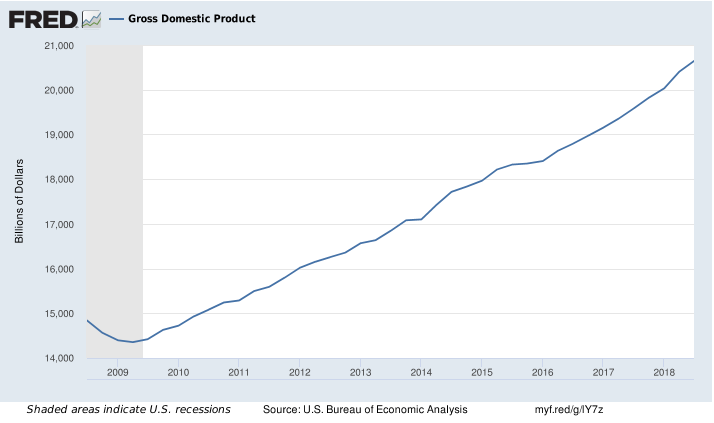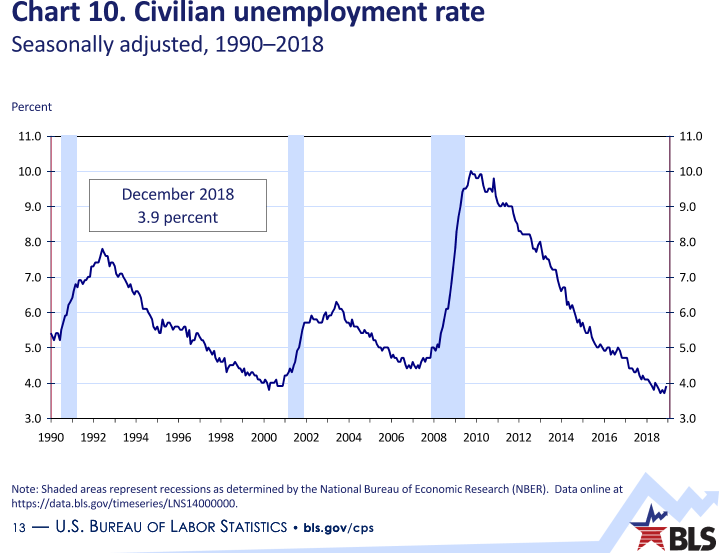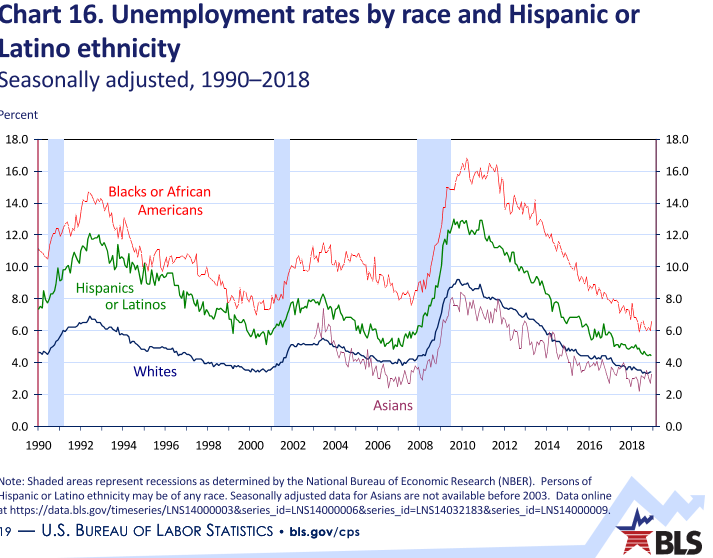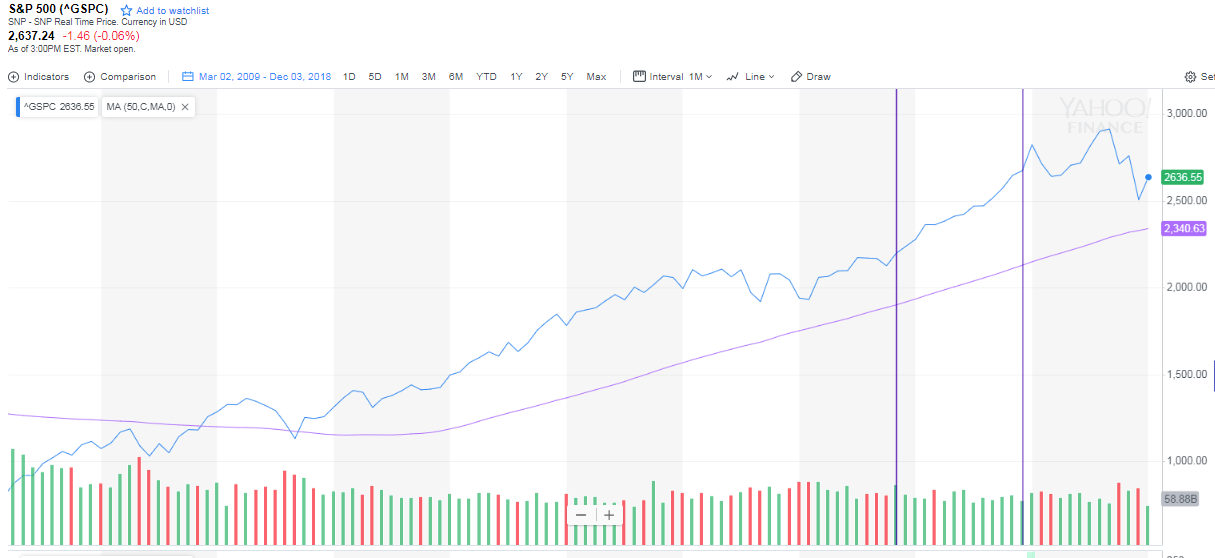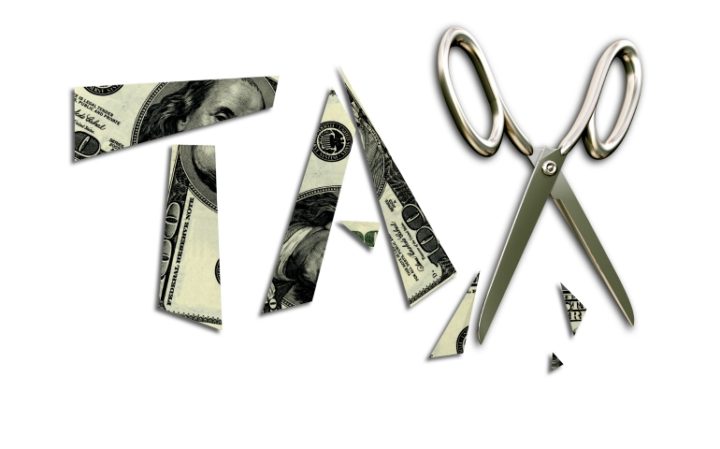Have you ever heard of the Setting Every Community Up for Retirement Enhancement Act, better known as the “SECURE Act” affecting your 2020 tax return? Well, you might want to pay attention because it is now law and probably affects you!
This is another round of interesting changes to the U.S. 2020 tax code. The rules regarding Required Minimum Distributions (RMDs) have changed. For those that do not know, these rules dictate when and how much people must withdraw from their retirement accounts to avoid tax penalties. Beginning Jan. 1, 2020, the new law moves back the age at which you must begin withdrawing money from your qualified retirement accounts from age 70 ½ to 72. If you turn 70 ½ in 2019, you will still need to take your RMD for 2019, no later than April 1 of 2020. If you are currently receiving RMDs (or should be) because you are already over age 70 ½, you must continue to take RMDs. Only those who turn 70 ½ in 2020 (or later) may wait until age 72 to take their Required Minimum Distributions. So, for people who turned 70 ½ in 2019, there is no change.
Beginning with the 2020 tax year, the law will allow you to contribute to your traditional IRA in the year you turn 70 ½ and beyond, provided you have earned income. You still may not make 2019 (prior year) traditional IRA contributions if you are over 70 ½. This plays well for both business owners and those who work past 70.
Upon the death of the account owner, distributions to individual beneficiaries must now be made within 10 years. This is a big change from allowing them to take it over their lifetime (a.k.a. stretch). There are exceptions for spouses, disabled individuals, and individuals not more than 10 years younger than the account owner. Minor children who are beneficiaries of IRA accounts also have a special exception to the 10-year rule, but only until they reach the age of majority.
The new law also allows penalty-free withdrawals from retirement plans for birth or adoption expenses up to certain limits. The new rule allows each parent to use the $5,000 exemption, which means a couple could take up to $10,000 out penalty-free if they each had separate retirement accounts. While new parents can opt to repay the withdrawal amount, this is not a loan and does not need to adhere to the 401(k) repayment rules.


